Lens Logic Verdict
The Nikon D90 changed photography by being the first DSLR to record video. It still works well for beginners in 2025. The camera feels sturdy, takes clear photos, and is easy to use. You can pair it with many lenses, making it flexible for different types of shots. But, it’s not perfect. The video quality is outdated, and low-light shots get grainy. It also shoots slower than newer cameras. Still, if you want an affordable way to learn photography, the D920 gets the job done.
Pros
- First DSLR to shoot video.
- Clear, colorful photos.
- Sturdy, comfortable design.
- Works with lots of lenses.
- Long battery life.
Cons
- Video limited to 720p.
- Grainy pictures in low light.
- Slower shooting speed.
- Weak autofocus in dark settings.
- Plastic body shows wear over time.
Why you can trust Lens Logic? we put hours into testing each product or service we review. This way, you know you’re getting the best. Learn more about our testing process.
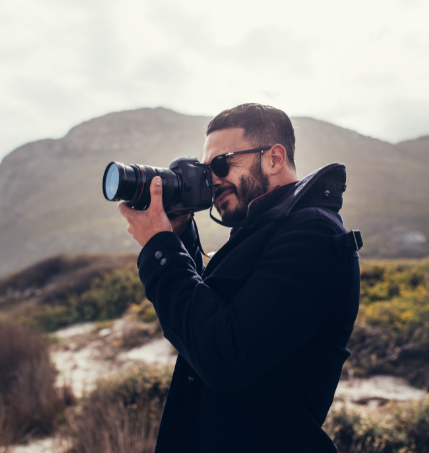
Mason knows photography inside and out. With 15 years of hands-on experience, he’s written about cameras, lenses, and gear of all kinds. He even spent five years as a journalist, diving deep into music and writing sharp, engaging stories. Now, Mason shares his photography knowledge, helping readers find the right gear and perfect their skills. He’s also proud of his unbeatable Wordle streak!
Jump to
The Nikon D90 was a groundbreaking DSLR that revolutionized the camera world when it was released in 2008. Not only did it raise the bar for enthusiast-level DSLRs, but it also made a significant mark in history as the first DSLR to offer video recording. In 2025, even with newer camera technologies flooding the market, the Nikon D90 still holds relevance, particularly for beginners and hobbyists looking for a reliable, budget-friendly option to enter the world of photography and videography.
Why the Nikon D90 Still Matters in 2025
When the Nikon D90 debuted in 2008, it was nothing short of revolutionary. As the first DSLR to offer video recording capabilities, it paved the way for the future of hybrid cameras that could capture both high-quality stills and videos. This feature alone made it a game-changer, especially for aspiring photographers and videographers at the time.
Nikon D90 Specs: What Made It a Game-Changer
- Sensor: The D90 boasts a 12.3 MP DX-format CMOS sensor, offering impressive image clarity and color accuracy for its time.
- ISO Range: With an ISO range of 200–3200, expandable to 100–6400, the D90 handles a wide range of lighting conditions, from bright sunny days to low-light indoor environments.
- Continuous Shooting: The camera can shoot at 4.5 frames per second, which was respectable for action shots, though not as fast as some of today’s models.
- Autofocus System: Equipped with an 11-point Multi-CAM 1000 AF system, it provides decent autofocus performance for still photography, even tracking moving subjects.
- Video Capabilities: The D90 records 720p HD video at 24 frames per second, a feature that set it apart from other DSLRs at the time.
Top Features of the Nikon D90 for Beginners
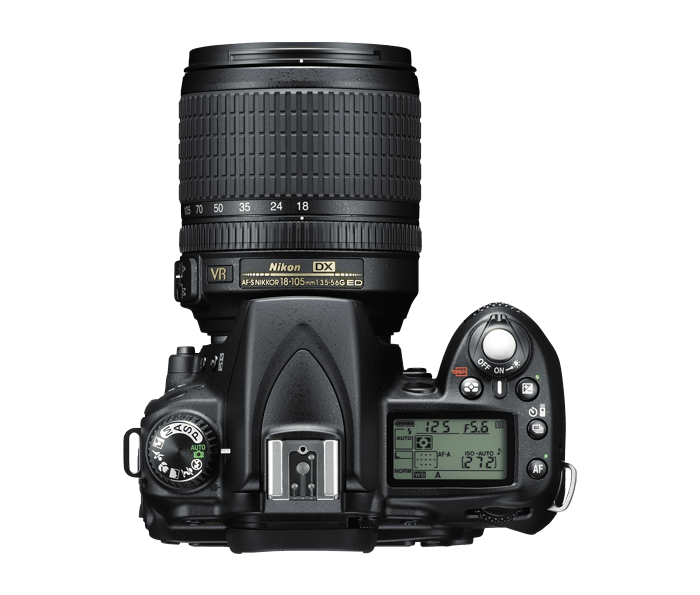
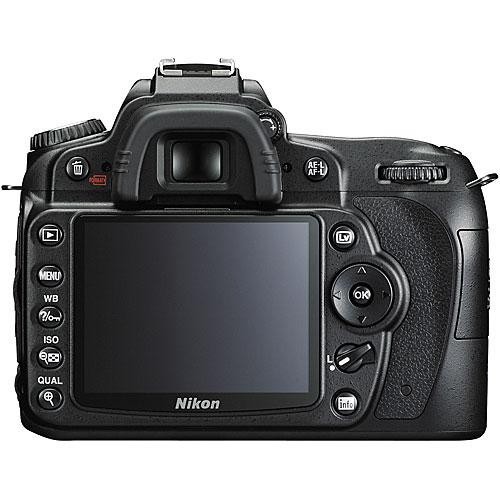
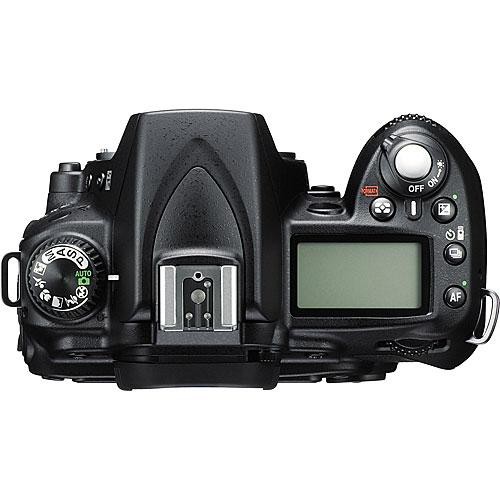
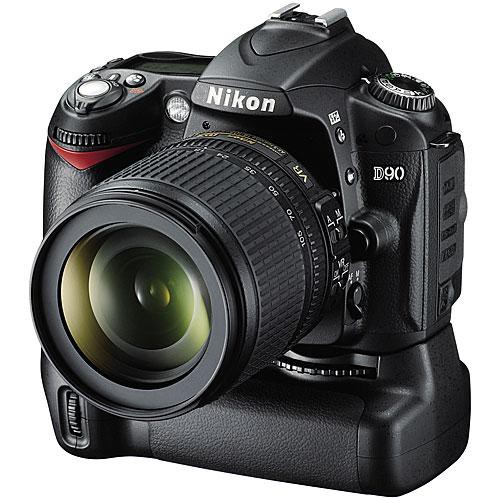
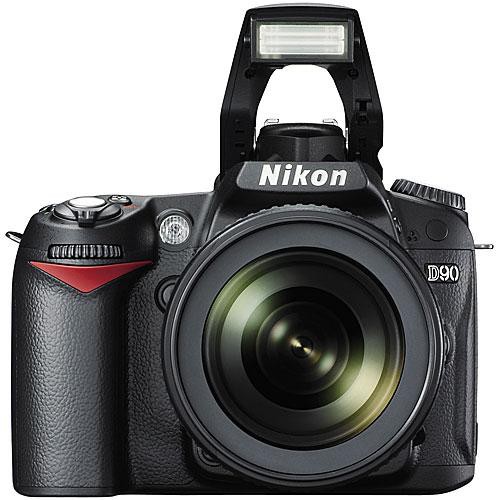
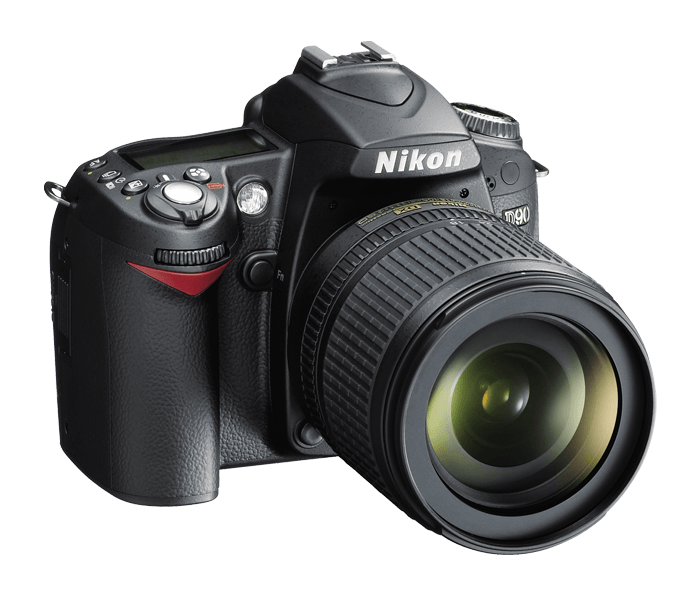
Build Quality
The Nikon D90 is built with durability in mind, with a solid construction that can withstand the occasional rough handling. Its plastic body is tough enough for everyday use but remains lightweight, making it suitable for extended shooting sessions.
Ergonomics
One of the D90’s standout features is its ergonomic design. The button placement is intuitive, making it easy for beginners to navigate. The comfortable grip ensures that users can hold the camera steadily, even during longer shoots.
Viewfinder and LCD
The D90 features an optical viewfinder with 96% coverage, offering a relatively clear and precise view of your scene. Additionally, its 3-inch, 920k-dot LCD screen provides sharp visuals and accurate color representation, making it easier to compose shots and review photos.
Nikon D90 Image Quality: Vibrant Colors and Dynamic Range
Color Reproduction
The Nikon D90 is known for its vibrant and natural color reproduction, making it an ideal choice for those who appreciate rich, lifelike colors in their photos. Whether shooting in JPEG or RAW, the D90 offers images that are true to life, with a good balance of warm and cool tones.
Dynamic Range
The D90 performs admirably in high-contrast situations, thanks to its wide dynamic range. It handles both shadows and highlights well, ensuring that details are preserved even in challenging lighting conditions.
ISO Performance
While the D90 offers a decent ISO range, its performance at higher ISO levels can introduce noticeable noise, especially when pushing beyond ISO 1600. However, for a DSLR from 2008, it still delivers impressive image quality at standard ISO levels, making it suitable for most photography scenarios.
How the Nikon D90 Revolutionized DSLR Photography
The D90 made history as the first DSLR to offer video recording, allowing photographers to capture HD video with their DSLR setup. This feature opened up new creative possibilities, particularly for content creators looking to combine stills and video in one package.
While the video capabilities were groundbreaking at the time, the D90 records at 720p resolution at 24 fps, which is considered standard for basic HD video but falls short of today’s Full HD or 4K options. Despite this, the video quality remains solid, with sharp details and accurate color reproduction.
One of the main drawbacks of the D90’s video capabilities is its lack of continuous autofocus. This limitation made it challenging to shoot videos of moving subjects or capture smooth, in-focus shots without manual intervention.
Autofocus and Performance: How the Nikon D90 Handles Action Shots
The D90’s 11-point autofocus system performs well in most situations, with good accuracy and speed, especially for still photography. However, it might struggle a bit in low-light environments or with moving subjects.
With a continuous shooting rate of 4.5 fps, the D90 can handle basic action shots, but it falls behind more modern DSLRs and mirrorless cameras that offer faster burst rates. Still, for beginner photographers looking to capture motion, it provides adequate performance.
Best Lenses for the Nikon D90 in 2025
The Nikon D90 is compatible with Nikon’s extensive lineup of F-mount lenses, offering flexibility for various photography genres. Whether you’re into portrait photography, landscapes, or wildlife, there’s a lens for every need.
Recommended Lenses
- Portraits: The AF-S DX NIKKOR 35mm f/1.8G is perfect for stunning portraits with creamy bokeh and sharp details.
- Landscapes: The AF-S DX NIKKOR 18-105mm f/3.5-5.6G ED VR (kit lens) is ideal for wide-angle landscape shots, providing a versatile zoom range.
- Wildlife/Telephoto: The AF-S NIKKOR 70-300mm f/4.5-5.6G ED VR is a great choice for capturing distant wildlife with sharpness and clarity.
Battery Life and Storage: Long-Lasting Power for Your Shoots
The D90 offers impressive battery life, capable of capturing around 850 shots per charge (according to CIPA standards). This is more than enough for a day of shooting, making it ideal for travel or extended sessions.
The Nikon D90 supports SD and SDHC memory cards, offering ample storage for photos and videos. With modern SD cards available, users can store thousands of high-resolution images and hours of video footage.
Nikon D90 vs Modern Cameras: How Does It Compare?
Nikon D90 vs Canon EOS 50D
When compared to its main competitor, the Canon EOS 50D, the D90 offers better video recording capabilities but lags behind in autofocus performance. The 50D has a slightly higher resolution sensor, but the D90’s image quality still holds up well.
Nikon D90 vs Nikon D80
Compared to the D80, the D90 comes with several improvements, including a higher-resolution sensor, the addition of video recording, and a better autofocus system. These upgrades make the D90 a significant leap forward for Nikon’s enthusiast-level cameras.
Nikon D90 vs Modern Mirrorless Cameras (2025)
While the D90 may seem outdated compared to modern mirrorless cameras, it still offers appeal to those who prefer an optical viewfinder and a more traditional DSLR experience. The D90’s durability, ease of use, and solid performance make it a suitable choice for beginners, even in 2025.
Ideal Use Cases for the Nikon D90 in 2025
Beginner Photography
The Nikon D90’s straightforward interface and robust features make it a great choice for newcomers to DSLR photography. It offers enough manual control to learn the basics while also providing automatic settings for convenience.
Travel Photography
Thanks to its compact design and decent performance, the D90 is an excellent travel companion for those looking to capture high-quality images on the go. It strikes a balance between portability and power, making it easy to take on trips.
Learning DSLR Basics
For those wanting to learn the fundamentals of manual photography, the D90 is a fantastic starter camera. It provides all the necessary tools to understand aperture, shutter speed, and ISO, helping users build a solid foundation in photography.
How to Buy a Used Nikon D90: Tips and Tricks
When purchasing a used D90, check the shutter count to determine how much the camera has been used. Also, inspect the physical condition of the camera, looking for signs of wear and tear, especially on the buttons and dials.
Recommended Accessories
- External flash units: To improve low-light performance.
- Tripods for video recording: Essential for stable video shoots.
Nikon D90 FAQs: Answers to Your Most Common Questions (2025)
Is the Nikon D90 still worth buying in 2025?
Yes, the D90 remains a solid choice for beginners and budget-conscious photographers who don’t require the latest video or autofocus technology.
What is the maximum shutter count for the Nikon D90?
The D90 can typically handle around 100,000 shutter actuations, though this can vary depending on usage.
Can the Nikon D90 record Full HD videos?
No, the D90 is limited to 720p HD video recording at 24 fps, which is standard for its release time but falls short of today’s Full HD or 4K video capabilities.
Which lenses work best with the Nikon D90?
Lenses such as the AF-S DX NIKKOR 35mm f/1.8G for portraits and the AF-S DX NIKKOR 18-105mm f/3.5-5.6G ED VR for landscapes are great options for the D90.
Is the Nikon D90 Worth Buying Today?
The Nikon D90 left an indelible mark on the DSLR market and continues to be a favorite for beginners and hobbyists in 2025. While it may not compete with the latest models in terms of video quality or autofocus, its solid performance, ease of use, and historical significance make it a valuable tool for those starting out in photography. For those on a budget or those who appreciate a more traditional DSLR experience, the D90 remains a great choice.

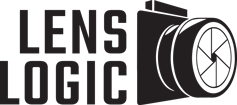
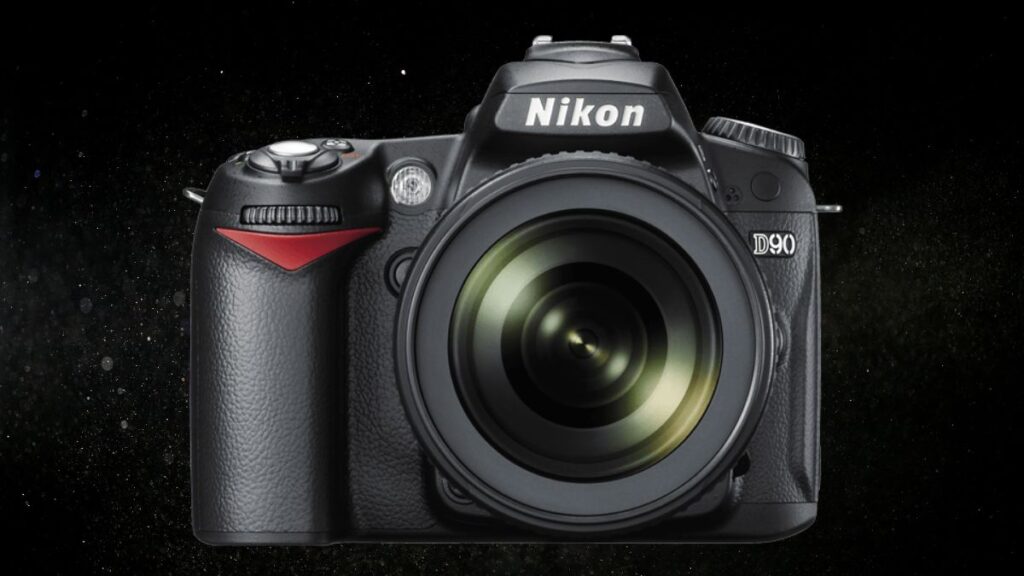
1 Comment
The D90 has an advantage in the lightmeter; the D80 was prone to randomly over-expose highlights and needed a third or 2/3 stop underexposure to be dialed in on routine AE shooting to be safe. The D90 seems to avoid this.
Yes it has live view – but how much have you actually used this Mason? It overheats quick and shuts down on hot days in less than a minute!
For beginners the early Nikon DSLRs are all bargains today – and while big capacity sensors offer greater resolution it matters nothing if you shoot for laptop screens or 7×5 or 10×8 album prints. Also – big image files from the 20-48MP sensors need way more expensive computers to process the photos at any useful speed; so a camera upgrade can force a costly computer upgrade too!